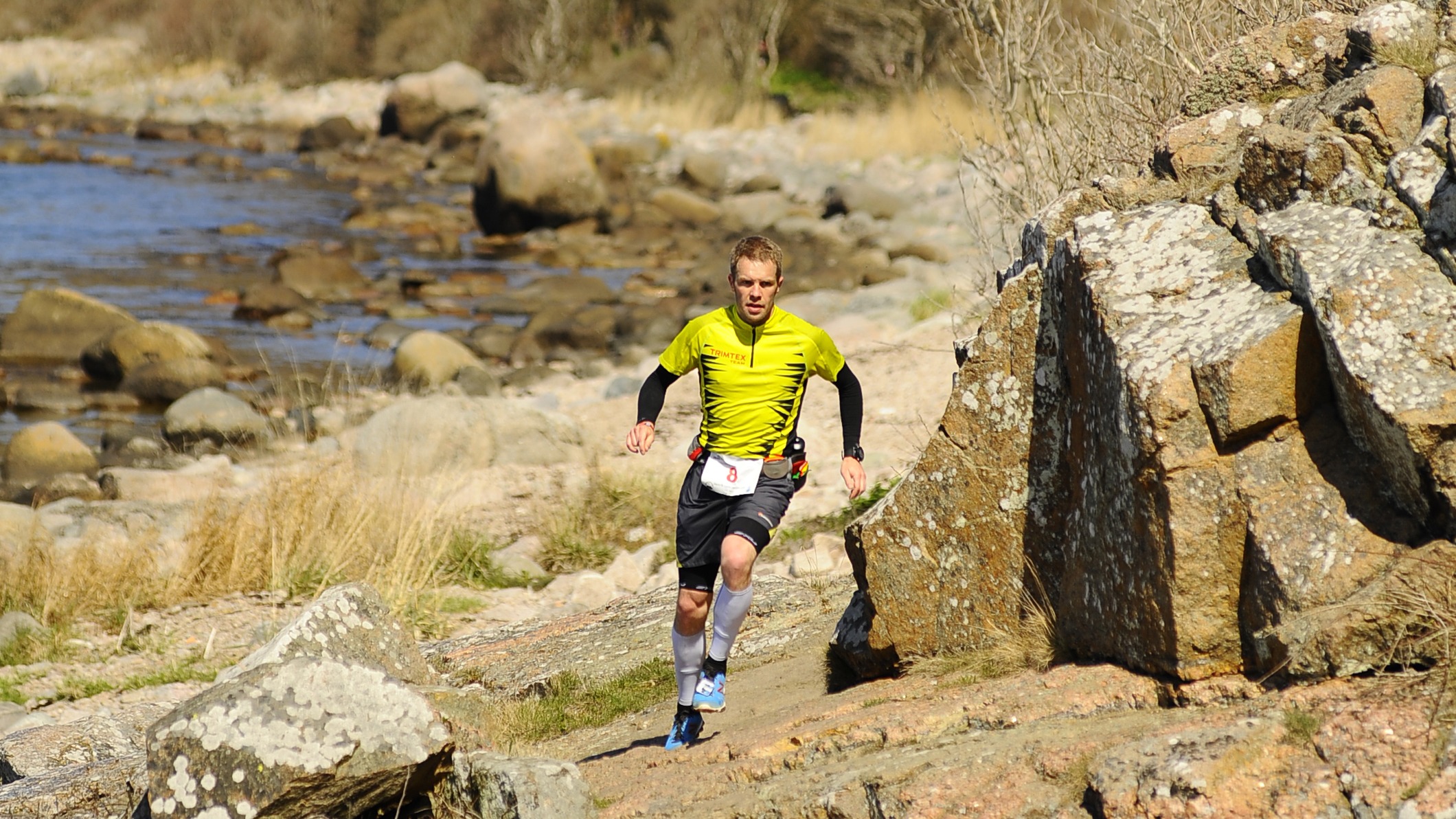- Menu
-

- Vietnam Trail Marathon
- Vietnam Ultra Marathon
- Vietnam Jungle Marathon
- Vietnam Mountain Marathon
- NEWS
-
Three Top Tips for Ultra Running Success
Whether it’s 70km, 100km, 100 miles or more, ultra running, ultra trails, especially those on trails and mountains, are proving hugely popular. So what do you need to know about taking part in an ultra-running? This month Henrik Leth Jorgensen gives three top tips for preparing to go ultra running.


Henrik has taken ultras to the extreme – his longest run was 246km
To ensure you have a good run on race day for longer distances you should add some training sessions that focus on running when you are tired and your legs do not feel as good as they do when you start a run.
When you step up in distance at events you should adjust your training schedule accordingly. However, it is crucial that you remember that very long training sessions also mean very long recovery times.
Back-to-back training
A good way to prepare your body to run longer distances is to split one very long training session into 2 or 3 shorter ones which in total becomes a bit longer than the single long run.
When you have time in your calendar for training 2-3 consecutive days, you can do this “back-to-back” training.


Instead of doing one long run of 30-35 km with a very long recovery time, you can do 10 km day 1, 20 km day 2 and 15 km day 3. In this way you split the training load, but actually do more training, and on the last day you will have the feeling of running with tired legs, but with lower risk of injury than from one long training.
Technical intervals with tired legs
Ensuring that your legs and body are ready for long runs takes time. But if you want to test your ability to run fast on technical segments, but with less risk of injury due to overload, you can start by doing some other endurance sport first. For example one hour on the bike/crosstrainer followed by running intervals on technical trails challenges your technique and mind. Moreover you are able to do a longer training session than if you were just running.
Running with ankle weights
Good technique and running with a relaxed body is key to running easy for a long distance.
No matter how tired you are, it should always be possible to run with good technique.
A large part of bad technique is mental tiredness and lack of focus in the last part of a long run. One way to train to run with tired legs without actually having tired legs, is by adding some weight to your ankles.
Put 2-500 grams on each ankle to make your feet feel like you have been running for a much longer time. But be aware that you are now using your muscles in a new way, and that you should progress slowly.
Preferably start with 15-20 minutes of running with weight on selected training sessions. After you have run the given time with the weight on the ankles, you can put the weights in a backpack for the rest of the run. That way you will also get more used to running with something on your back. Then slowly extend the time with weight, but keeping it to a single run every week.
Planning your time
Once you have your race date set, trace back in time from race day making a note on how many runs and hours you can possibly (and realistically) do each week.
Some weeks it may not be possible to do the amount of training you would like to, but if you instead plan a week before and/or after it with more hours, the total training output will balance.
Doing this kind of calendar work gives you an idea of when you should have few days with longer training sessions and when you can do more days with shorter sessions.
